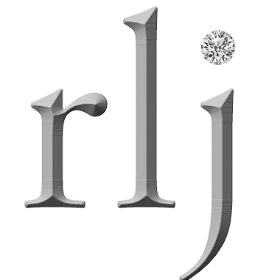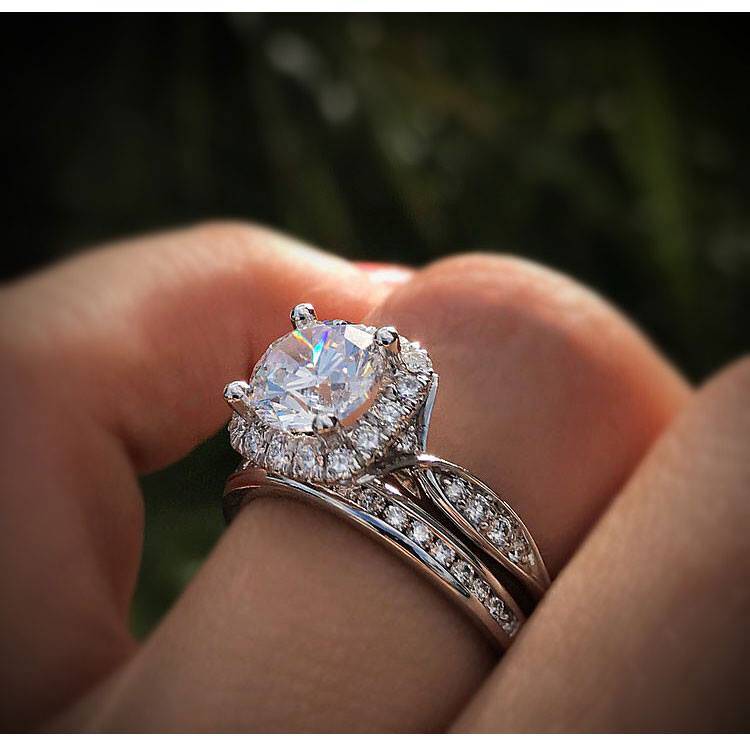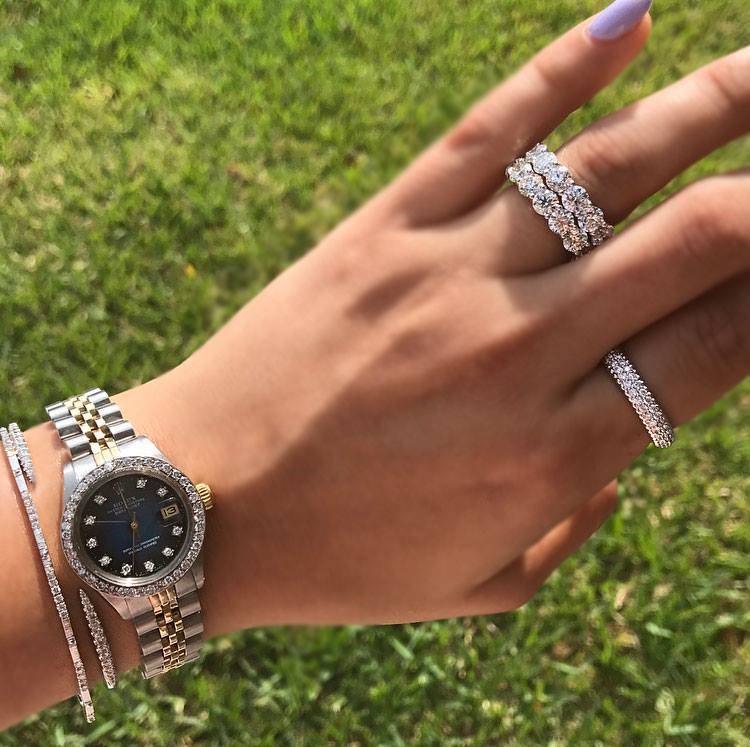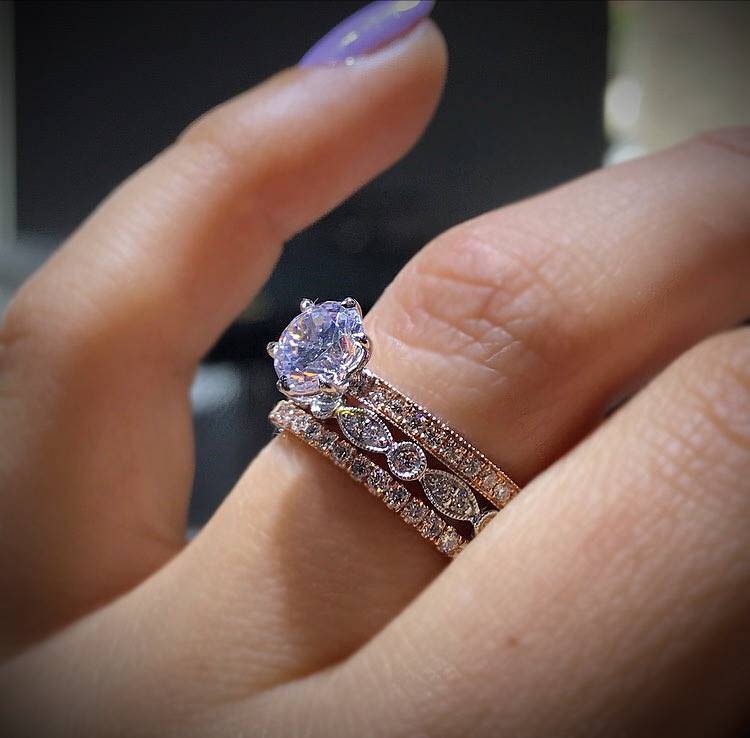What Is The Most Expensive Cut for a Diamond?
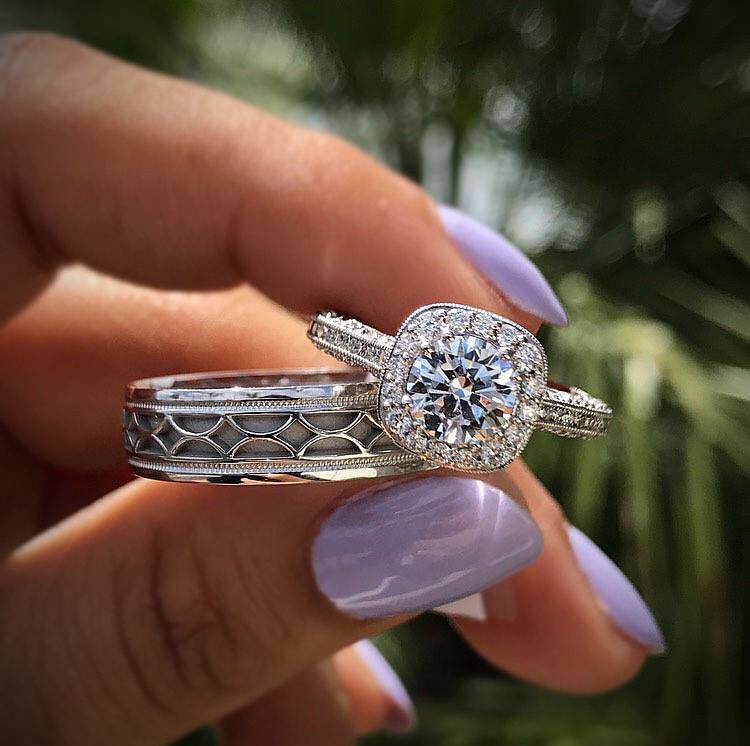
What is the most expensive cut for a diamond? Would we surprise you by answering that it’s NOT a rare, antique, or proprietary cut? Instead, it’s actually the most popular diamond cut found around the world: the round brilliant!
But why is the round brilliant the most expensive diamond cut? Its popularity certainly has a lot to do with it – supply and demand, right? Ever since 1919, when Marcel Tolkowsky first published his thesis “Diamond Design: A Study of the Reflection and Refraction of Light in Diamond” the round brilliant has reigned supreme. That very important paper established an industry-wide standard for the ideal proportions for a round brilliant diamond. Before that, every cutter kind of did his own thing. They were skilled, masterful cutters, and saw their craft as an art in addition to a science. That’s still true today, but Tolkowsky’s declaration that the ideal proportions for a round diamond were 53% table, 59.3% depth, 34.50 crown angle, visible culet allowed cutters to maximize the fire and brilliance of the diamonds they cut. Gone were the days of “transitional” diamonds and the boom of the Old European style. Everyone wanted the new round brilliant, and as demand skyrocketed, so did the price! But that specific cutting template influenced another factor of the round brilliant’s price.
Because of the way round brilliants are cut, they leave behind a lot of unusable rough diamond. When rough diamonds are first mined, they bear inclusions – like 99.9% of them do. “Fancy” shapes (aka any diamond shape that isn’t round) allow cutters to creatively maneuver around those inclusions and still make polished diamonds that are stunning. Think of a heart shape diamond – the space where its cleft is might have had a big, white inclusion in the rough. Or a stunning marquise – those narrow points narrowly avoided a constellation of black carbon. With a round though, the cutter needs an uninterrupted, mostly un-included expanse of rough stone, and he or she also loses all that rough stone on the sides.
Compared with a princess cut or emerald cut diamond, which maximizes all that rough by keeping its corners, the round just eliminates them. A skilled cutter may be able to get some smaller diamond(s) out of that rough, but it all depends on the shape and integrity of the leftovers. Think about cutting cookies out of a rolled sheet of dough. You’re left with those dough scraps that you can either mold into tinier cookies, mash together to make a tougher, inferior dough, or scarf unrepentantly, salmonella be damned responsibly add to your compost pile.
When the rough diamond doesn’t translate into more polished product for the miner or cutter, that loss of profit is balanced out by driving up the price of the stone they DID create. And that extra cost gets passed down to the buyer (jewelers) and our clientele (you.) The only way to avoid this, for round brilliant diamond lovers, is to build a relationship with a diamond mine, go to graduate school to learn how to cut diamonds, and develop an inherent skill for creating beautiful diamonds out of lumps of carbon. Alternatively, you can buy a fancy shaped diamond for about 10% less per-carat than a round brilliant, or you can find a round diamond you love, a jeweler you trust, and use our handy guide to get a great deal on a gorgeous diamond.
